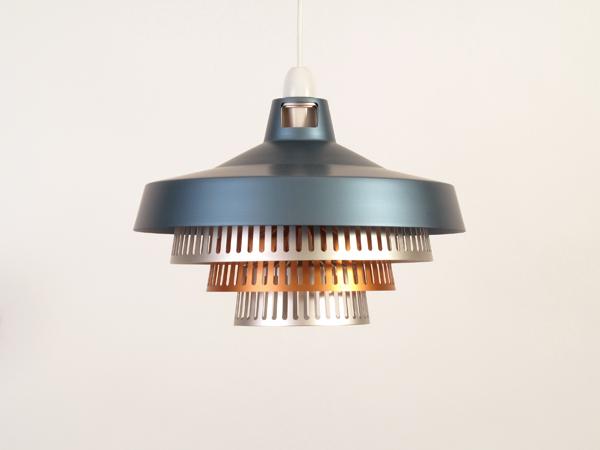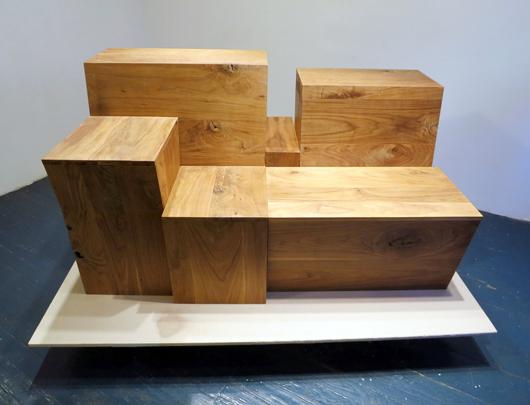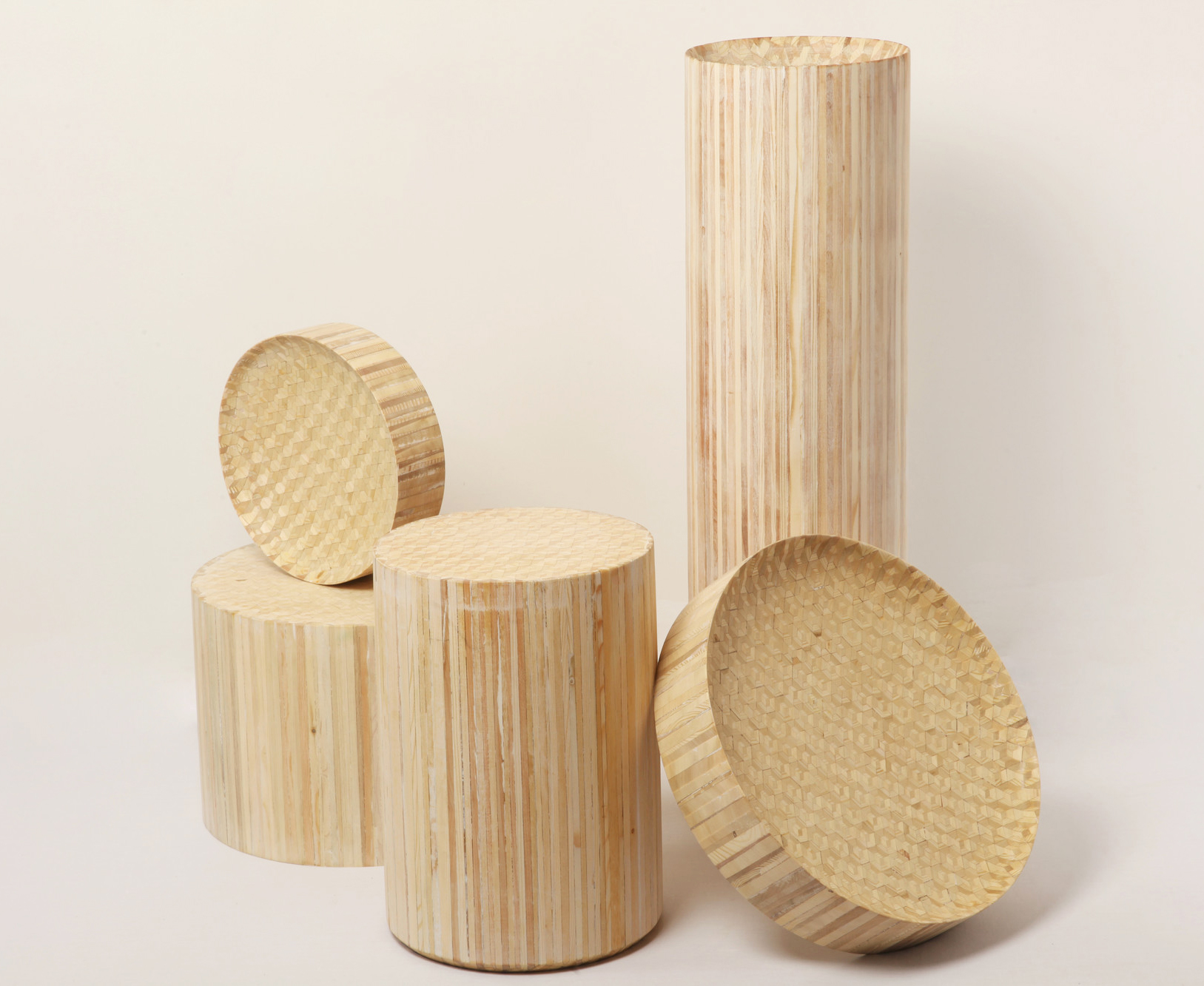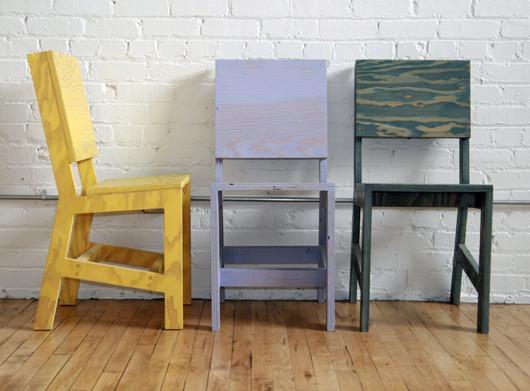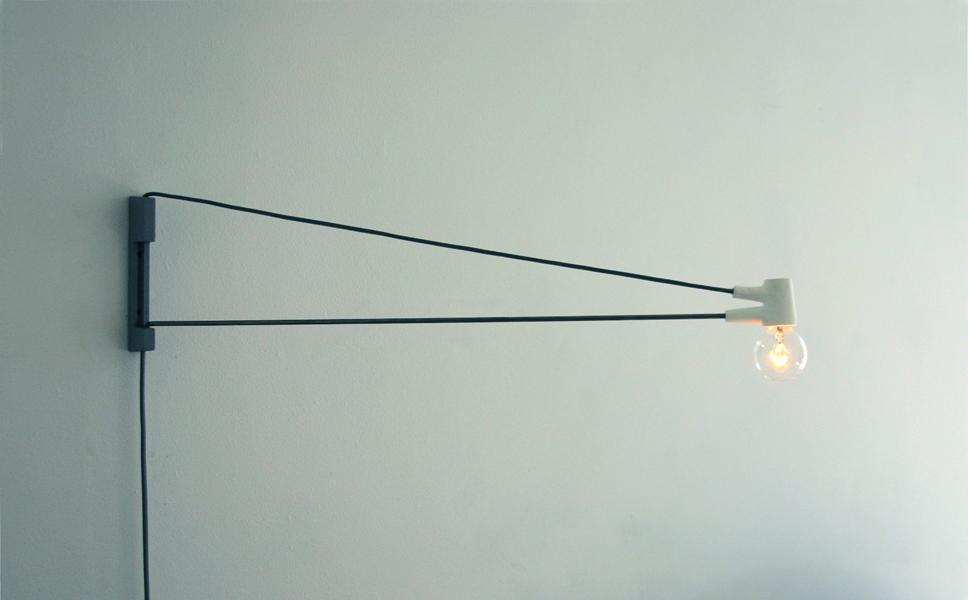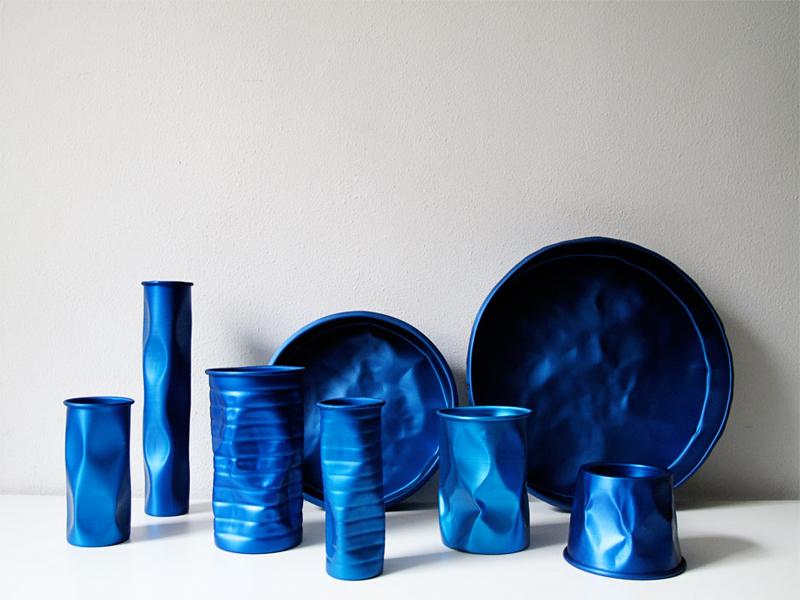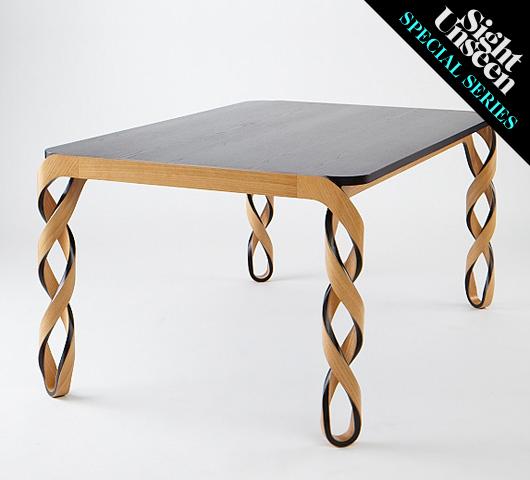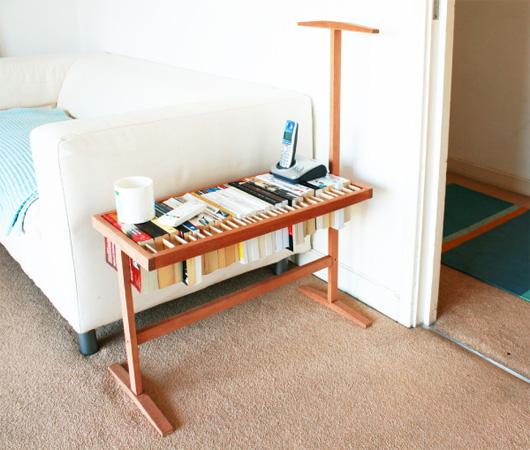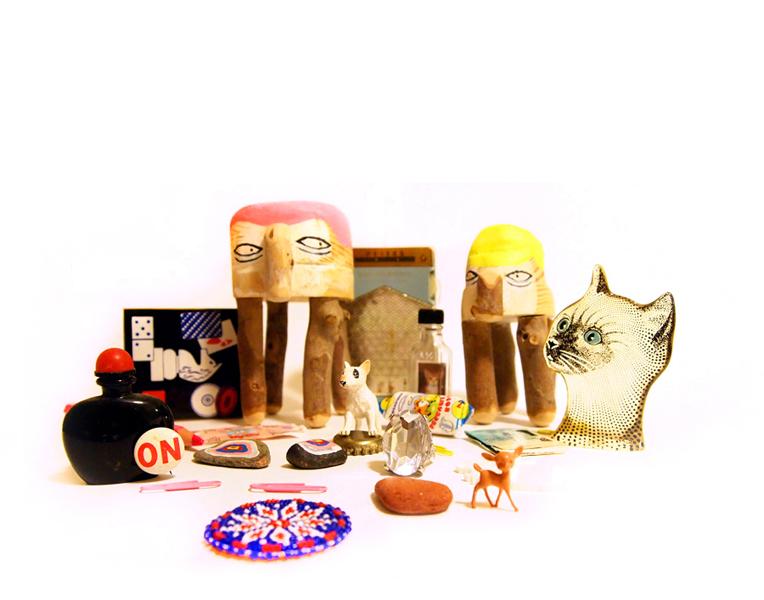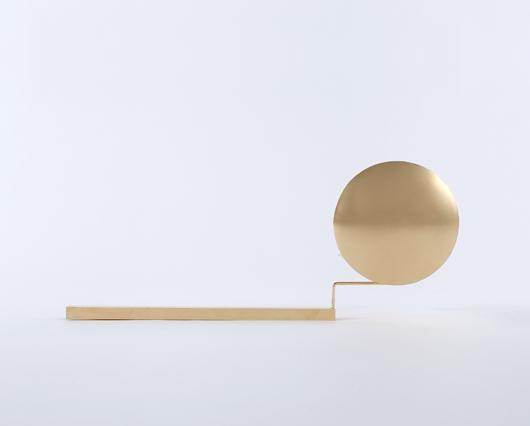
09.03.12
Sighted
Kyouei’s Dish of Light and Random Musical Box
When the latest projects from the Japanese design company Kyouei came across the transom this weekend, we felt a bit like grandmothers. Which is odd, because we're not old enough to be anyone's grandmother, much less a Japanese product designer and sound producer who's nine years our elder. But there was still a burst of "my how you've grown" pride bubbling up, considering we discovered Kouichi Okamoto's firm back in our early I.D. magazine days, when he was still doing clever little Droog-ish housewares like light bulb–shaped paper lanterns and bowls that imitated crater lakes — before the vast majority of our fellow Americans even knew Kyouei existed. And look at Okamoto now! Making sophisticated sound machines, musical tables, and these amazing iron lamps that evoke modernist sculpture.
